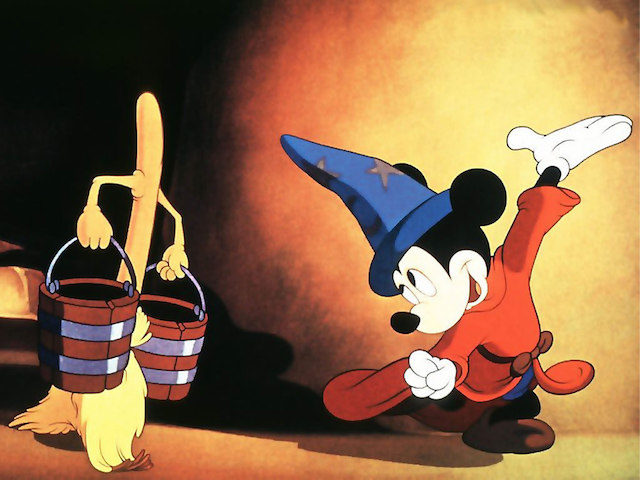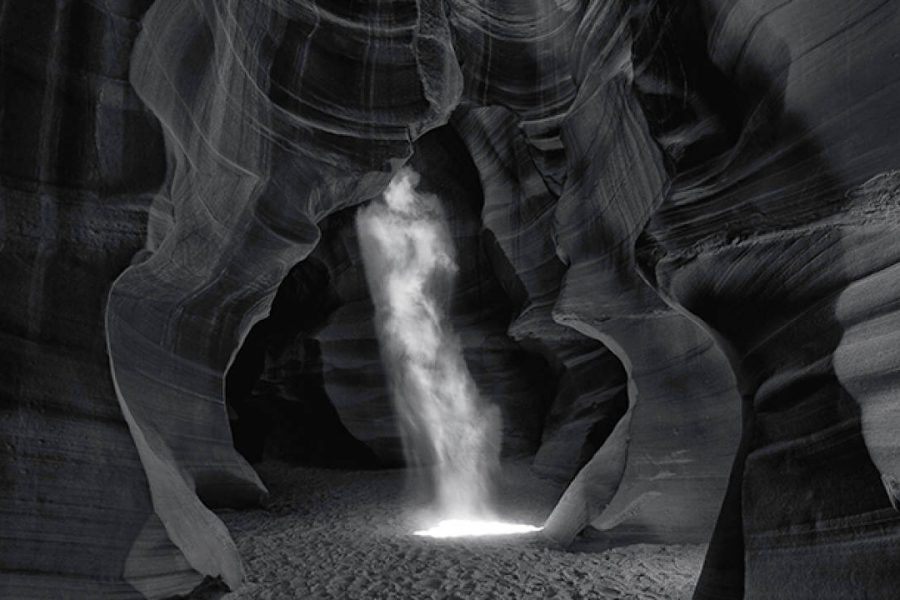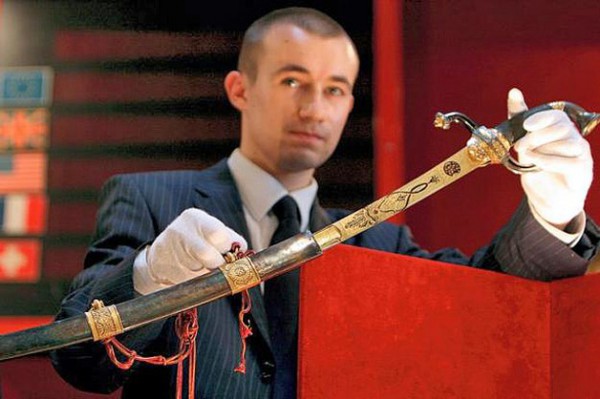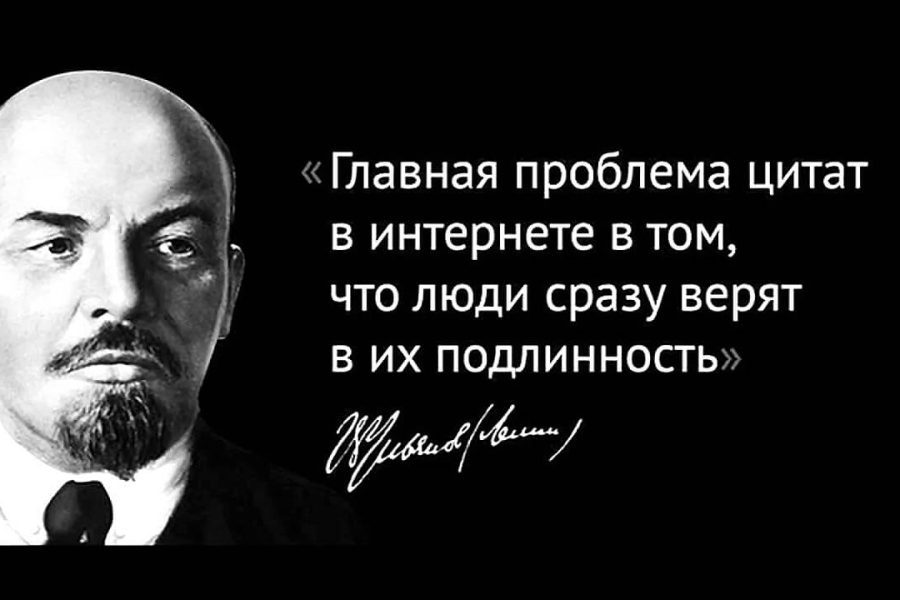Have you ever heard a story about how an iconic role that someone else played almost went to another actor? Like how Will Smith could have played Neo in "The Matrix" or how Eric Stoltz first got the role of Marty in "Back to the Future" ? There are hundreds of examples, and it makes for some funny little things in movies.
Less well-known than the actors we've left out are the subplots. Sometimes a story gets cut because of time, or because the studio didn't like a certain part, or because something just doesn't work. Here are some of the most incredible subplots we've never seen.
10. The vampire plot was removed from the movie "Room"
"Room "Tommy Wiseau is notorious for making bad movies. It's so bad that another movie was made about the making of the film just to explain the whole fiasco. People throw parties to watch Wiseau's awkward vision unfold in all its glory, and if you haven't seen it, it's hard to explain how bad it all goes down.
Wiseau not only starred in the film, he wrote and directed it. The result is a cult classic of so-bad-it's-good nonsense, but it was almost so much more. Co-star Greg Sestero said Wiseau's original plan was for his character to be a vampire.
Nothing in the movie gives you any reason to think that anyone should or could be a vampire, but nothing in the movie actually gives you anything that makes sense, so maybe it doesn't matter much. Still, a vampire plot would also include a scene where Wiseau's character flies away in a car, because he thinks vampires have flying cars.
9. Trans character storyline was cut from Mario

In the incredibly vast universe of games about Mario Paper Mario is a kind of subset of games that are part puzzle, part RPG, and can be a lot of fun to play. The first Paper Mario appeared on the N64 in 2000 and is still in production today. The series is considered groundbreaking in its transgender storyline in the Japanese version, which was cut from the English version.
In the gameplay, you befriend a former villain named Vivian. She is part of a group of sisters, but is bullied and, as an outcast, she joins Mario at a time when he is an outcast.
In the Japanese version, you can use a skill that gives you a description of Vivian that says she "looks like a girl but is actually a boy." At one point in the game, when Vivian is arguing with her sisters, she is called a man. She also says that she is now a woman and is proud of her transformation. So, for a 2004 game that was considered kid-friendly in Japan, it was pretty progressive.
In the English translation for a Western audience, all this is lost, and the character's status never has much significance.
8. The Godfather dropped the plot about the size of Sonny Corleone's genitals
"Godfather" , considered by many to be one of the greatest films ever made, was based on a book, and this is where most of the story takes place. As with any book-to-film adaptation, some parts had to be cut to make a coherent story that wasn't 12 hours long. One subplot that didn't make the grade was a very bizarre subplot about the size of Sonny Corleone's lower body.
It's hard to talk about this without sounding both offensive and completely made up, but there's an entire section of the book where Lucy Mancini's character pines for Sonny because of his "man size." And it's made worse by the fact that author Mario Puzo decided to include details about Lucy's size. He was very obsessed with the idea.
This is not an isolated incident either. It is constantly mentioned throughout Sonny's story. Puzo was really obsessed with it and obsessed with the women in his book who were obsessed with it.
7. The movie "Planes, Trains and Automobiles" had a deceptive subplot
"By plane, train and car" — a classic comedy and one of the few Thanksgiving movies that people watch every year. Steve Martin and John Candy are great together, and the film provides plenty of laughs. It also includes one quick but bizarre scene.
When Martin's character returns home and his wife finally meets Del John Candy, she seems very emotional, almost on the verge of tears. It's possible that she was simply overjoyed to see her husband, but there's a longer clip in the film that makes the scene more logical.
The original script had a plot where she was worried that her husband was with another woman, that Del wasn't a man at all, and that he was having an affair. The only thing that remained of that in the film most of us saw was the relief on her face when she saw him for the first time.
6. The lesbian plot was cut from Scooby-Doo
Scooby-Doo has been a staple of children's entertainment since 1969. And since then, it has also been mired in jokes about what's in those Scooby snacks that Shaggy eats, not to mention the potential relationship between the characters. While many people assumed a Fred-Daphne romance, there was a long-running subtext that Velma might be a lesbian.
Did she write it that way on purpose? Who's to say, unless you're talking about more modern versions, when yes, Velma was very clearly and intentionally written that way. In fact, James Gunn's 2002 film may have started the intentional story when he wrote a lesbian subplot for a character that was later cut from the film.
Gunn says the studio toned down the story, then cut it, and then gave her a boyfriend in the sequel.
5. The skunk monkey scene was cut from House of 1000 Corpses
«House of 1000 Corpses" Rob Zombie's first film was a horror director, and it's still a memorable grindhouse-inspired horror classic that gets dreary and grimy. Among the many memorable scenes is a psychedelic dream sequence in which we are briefly shown something called a skunk ape.
The skunk ape is a sort of cryptid equivalent to Bigfoot, but more of a regional variant. The film only gives us a brief glimpse of it and that's it, but Zombie originally had bigger plans. He talks about it briefly in the director's commentary, but the original script reportedly had a sequence where the skunk ape actually shows up to wreak havoc. Ultimately, it never came to fruition.
4. The epilogue was cut from The Shining
On the filming of Stanley Kubrick's movie "Shine" There are legends. There are many articles written about the nightmare that Shelley Duvall experienced, and even a documentary about it all. There are so many good, strange or incredible stories. The story itself is often overlooked. Kubrick made an epilogue to the film, which was even released with the first version of the film.
In the original version, which is still legible in the script, we learn that Danny and his mom are okay after the events at the Overlook, at least physically. They're in the hospital, recovering from their trauma, and, you know, that's it. Nothing weird or creepy happens. The goal seems to have been to let the audience know that they're okay, because Kubrick had a soft spot for the characters from the start and thought the audience should know that.
When Kubrick changed his mind about the scene, he had to physically cut it out of the film. This meant that people went to theaters in Los Angeles and New York where prints were available and used scissors to literally cut out the scene. Rumor has it that every copy was destroyed.
3. The cartoon "Fantasia" is an evolutionary sequence

Disney "Fantasy" is loved by many for its music and animation, and the 1940 film contains a long evolution sequence showing the origin of life from dinosaurs that is still very entertaining to watch. However, in the 1940s, the idea of evolution was still a touchy subject for many people who preferred faith to science, and Disney could get away with a lot.
The original idea was that the evolutionary sequence would continue. It would go beyond dinosaurs, through mammals, and finally to human evolution, the creation of fire, and all that good Darwinian stuff. However, none of that made it into the final cut of the film. The early evolution parts were left in because it was just a musical, and no one was saying anything directly about science. But the human parts were cut out for fear of offending fundamentalists who would protest the film.
It wasn’t just blind fear that stopped Walt Disney. According to animator John Hubley, Disney was threatened. These fundamentalists, who would have had considerable political and business influence at the time, made sure Disney knew they didn’t want people associated with evolution. Disney was already worried that the film would have a hard time getting traction, so he gave in to their threats and stopped development.
2. Zootopia removed the scene where they make people wear shock collars
"Zootopia" is a funny animated film about a world full of anthropomorphic animals doing all sorts of mundane jobs that people do in the real world. The story follows a character named Judy, a police officer, and a rabbit. The jokes begin. But the original plan for this film was much darker.
Nick Wilde was originally going to be the main character, with Judy appearing later. Nick and all the raptors in Zootopia were going to wear a shock collar that would suppress their predator instincts. Whenever a predator displayed a negative instinct, they would be beaten. There is a scene that was never fully animated in which Nick and Judy witness a taming party where a small bear is forced to wear a taming collar to be accepted into Zootopia.
The producers eventually decided it was too dark and the characters were unlikable, so they tweaked the story, but early concept art still exists.
1. Kangaroo Jack was made as an R-rated movie.
"Kangaroo Jack" by no means the most famous movie in history, but the 2003 PG-rated buddy comedy has a solid 8% rating on Rotten Tomatoes, so even if you haven't seen it, you can try to imagine what it might be like.
The film follows two friends as they chase a kangaroo that accidentally runs off with mob money, something that probably happens all the time in Australia. However, the film was once very different from what we believe in the final version. Star Jerry O'Connell once confirmed that the film was originally rated R and even included full frontal nudity. It was supposed to be a crime comedy like Midnight Rush about low-level mobsters. Then the studio intervened.
Apparently, test audiences were under the impression that the silly kangaroo in a parka used in the promotional material meant that this was going to be a family comedy for kids. Needless to say, people weren't impressed. Instead of changing the marketing of the film, the studio remade it into a family comedy. And judging by the reviews, it didn't work.













Оставить Комментарий